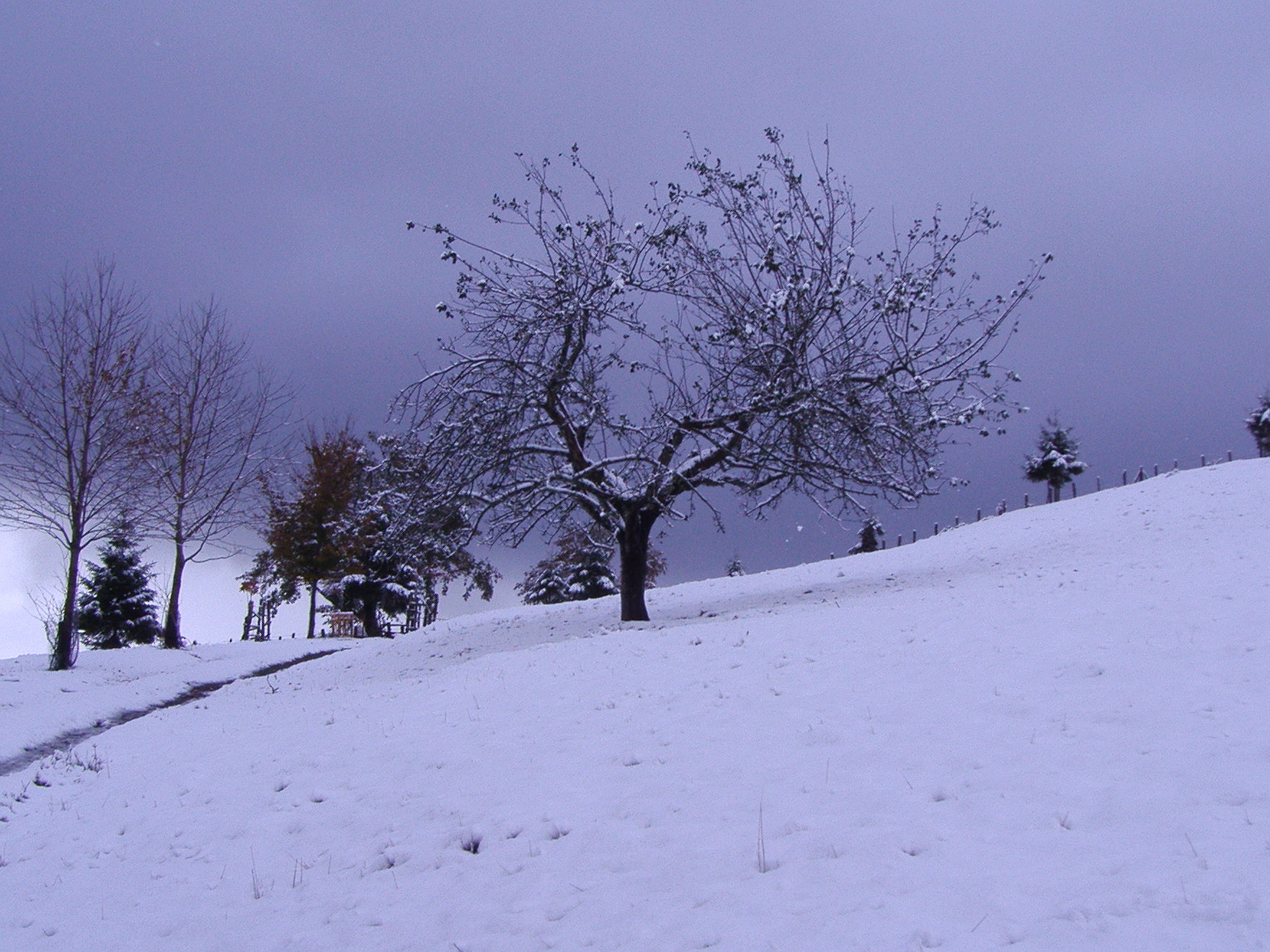Winter fruit tree pruning for apples and pears

Fruit tree pruning is a massive subject but hopefully, we can break it down into bite-sized chunks!
So, you’re thinking about fruit tree pruning? The first thing to remember, regardless of what you’re pruning or when, is the three D’s…Dead, Diseased & Damaged.
Trees, shrubs, roses, herbaceous, spring, winter…whatever and whenever, it’s important that you remove any growth which is dead, diseased or damaged – this growth will never come back, it will never flower or fruit, at best it will simply sit there and at worst it can possibly spread through the plant.
Can you see branches that have turned black at the ends? Can you see other evidence that branches are dying back (a good indicator of dead branches is the presence of lots of little orange pimples – this is called Coral Spot and it’s a fungus that only grows on dead tissue) Is there a branch hanging down because it got snapped in the recent winds? Are there patches of sticky fluid oozing out of a branch?

Coral Spot on a dead branch

Broken branch

Evidence of diseased branch
You need to prune back to a healthy bud in an attempt to stop the problem spreading into healthy growth. This is very simple to do, just start at the problem, then work your way back to the heart or centre of the plant, looking for the next bud (preferably one that’s facing in the direction you want the next branch to grow towards) and make a neat cut using very sharp, very clean tools.
Now you’ve dealt with the 3 D’s, you need to get as much light and air into the centre of the tree and have four or five main branches coming off the stem. Once you’ve chosen your 4 or 5 main branches, these need to be pruned back by about 1/3 to a bud that doesn’t point towards the centre of the tree (remember, you’re trying to keep the centre open and airy). The side shoots coming off those main branches should be left unpruned for now because this is where the new fruit buds will be developing. However, if there are any growing towards the centre of the tree, they’ll have to be removed as close to the main stem as you can.
In case you’re not sure how to make a pruning cut, here’s a photo from a 1951 RHS manual on pruning! (The Fruit Garden Displayed)

Cuts A & B are perfect, just alongside the new bud and at a 45 degree angle. Cuts C & D are at the wrong angle and too far away from the bud – this short stump of wood will die back to the bud and could cause disease to enter the branch. Cut E is all wrong! Wrong angle, too far away from the bud and an untidy split has been left – all inviting disease to take hold.
It goes without saying that as with any other pruning job, fruit tree pruning must be carried out with the cleanest, sharpest tools in your arsenal – secateurs for any branch thinner than your index finger, a decent pair of ratcheted loppers for thicker branches and a really good pruning saw for the largest branches. If you’re not sure what you used your tools for last time, give them a really good clean with disinfectant…fruit trees should last a lifetime but are very susceptible to disease introduced through annual pruning.

Pictured above are my personal favourite tools for fruit tree pruning – 2 pruning saws and a pair of secateurs. There are lots of manufacturers out there and they love to launch new versions of the same basic tools but these are the 3 I’ve relied on for years. Also – keep in mind that if you’re left-handed, you’ll be limited to the more expensive end of the market as not every manufacturer makes tools for ‘lefties’.
Now that you’ve had a general tidy of the tree, the next thing you need to know is the difference between the buds on your fruit tree. There are two types: the fruit bud and the growth bud. Not surprisingly, the fruit bud is where your apple or pear will produce a flower, which hopefully will be pollinated and produce a fruit. The growth buds will lead to new shoots which will have leaves but no flower/fruit.

This fat and fluffy bud held away from the stem is a flower/fruit bud full of potential to make an apple.

This skinny, insignificant bud held close to the stem is a growth bud which will make leaves and a new branch.
(Photographs are from the RHS website which is an amazing source of information)
The aim of winter fruit tree pruning is to keep the growth of the tree in check – cutting off unecessarily long branches will mean that when spring comes and the tree starts pushing sap through the branches, it will be concentrated into those fat fruit buds!
